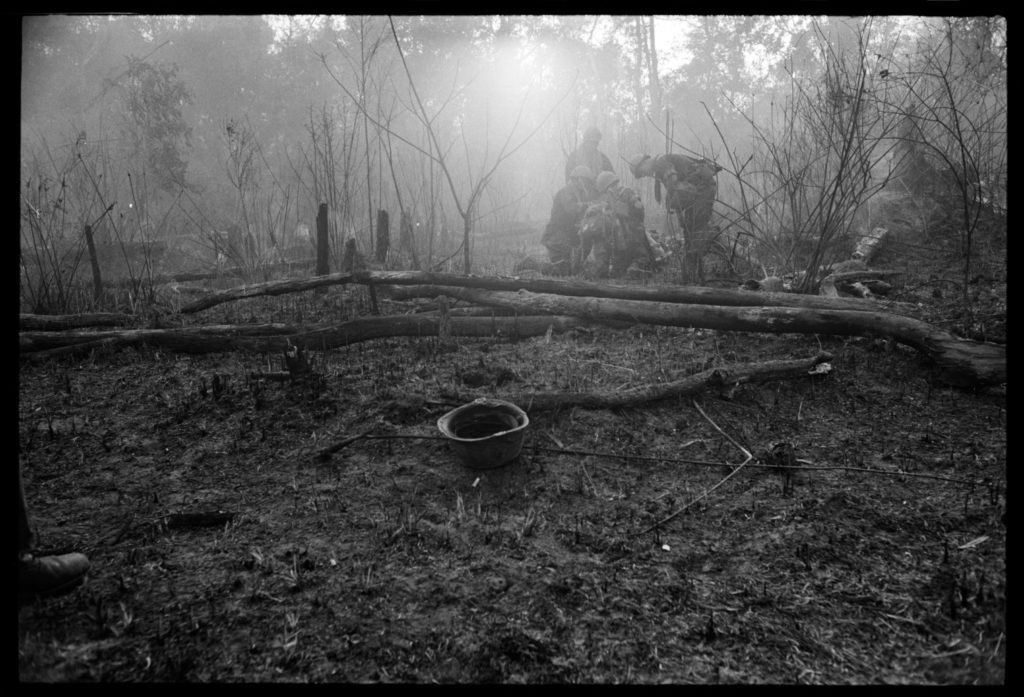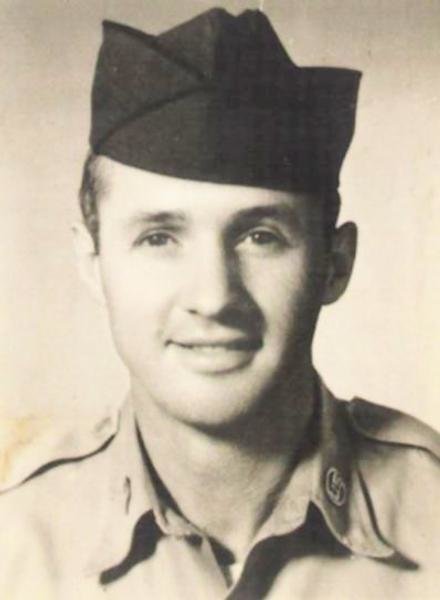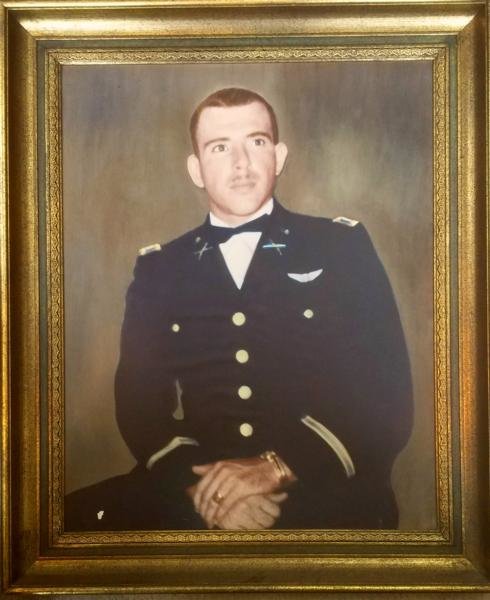Vietnam War Casualties

In the five decades since America’s entry into the Vietnam War, its scars continue to be felt. From echoing through the voices of politicians and military minds when debating new conflicts to the friends and family that continue to mourn their loved ones. In a period rife with protests and hostility, millions of young men and women answered the call of duty and served their country with bravery and distinction. What follows is an interactive visualization which takes away the politics of the war and presents the individuals that never returned. Too often, history is defined in numbers; this project attempts to go beyond the numbers and give readers a chance to learn the names of the men and women that died for their country.
Combat Area Casualties Dataset – Vietnam War
This project incorporates Duke University’s Combat Area Dataset – Vietnam War. Created by the National Archives and Record Administration, it contains metadata for each soldier killed in the combat area of Southeast Asia. Information included:
- Branch
- Country (of death)
- Casualty type
- Name (last, first, middle)
- Rank
- Pay grade
- Date of death
- Hometown
- State
- Date of birth
- Casualty reason
- Air or ground
- Race
- Religion
- Service length
- Marital status
- Sex
- Citizen status
- Posthumously or not posthumously promoted
- Record status
- Body recovered
- Age (at time of death)
- Component (of military)
- Comments
- Province (of death)

America officially entered the war in March 1965 but had advisors in country since the end of World War II. The first casualty in Vietnam is that of Technical Sergeant Richard B. Fitzgibbon Jr. in 1956. A veteran of World War II, Fitzgibbon was serving as an advisor in Vietnam at the time of his death. Though listed as the first casualty of the Vietnam War, he was not killed by enemy fire. While handing out candy to orphaned children, he was confronted by a fellow airman and an argument ensued. The airman pulled out a pistol and shot him. Unfortunately, his family would not be the only ones mourning a loved one. After the final American troops left in March 1973, 58, 220 servicemen and women would be the casualties of a controversial and embarrassing war.

Captain John Phelen Roe was one such young man. Originally from Clinton, NY (author’s hometown), Captain Roe was a graduate of Manlius School. Active in numerous clubs, sports and the Boy Scouts, John represented the youth of America in the mid-20th century. On July 24, 1969, Captain Roe and six others were aboard an unarmed UH-1D (often referred to as the Huey) acting as a command and control ship for a search and destroy mission. Despite being unarmed and in an area known to house a large enemy presence, Captain Roe maneuvered his Huey to get a better view of the area. In doing so, the rotor downdraft triggered a mine resulting in the loss of the aircraft and the men on board.

Hometown Map
Selecting a state will bring you to a file with each soldier killed.Southeast Asia – Death locations
Selecting a country will bring you to a file with each soldier killed.The five locations encompassed in the Combat Area Casualties data set are Cambodia, China, Laos, Thailand, and Vietnam. As expected, Vietnam contains the most casualties with 56, 744 records. Laos and Cambodia are a distant second and third, respectively, as combat in these countries did not officially begin until later in the war. For the most part, operations there consisted of aerial bombardments or “sorties.” Some ground operations did take place which account for a percentage of the total records. Thailand and China were both surprising to see but make sense based on their shared borders with the combat area countries.
Age & Rank
Race Comparisons
I was unsure exactly what I would see in terms of casualty records for the various races. It is important to acknowledge the race categories that would have been listed during this period may have been much less diverse than in the 21st century. This is true of population censuses as well.
The overwhelmingly majority of the casualties were of soldiers that were listed as Caucasian and African American a distant second. Race had been an interest going into this project because an argument of civil rights activists was that black men should not be fighting a war for democracy abroad when they themselves could not experience full democracy in America. This argument shaped my belief that these figures would be much higher.
Bibliography
Bliss, Linda Morgan. “Sacrifice Recalled Vietnam Sacrifices Recalled Vietnam Sacrifices Recalled.” Boston.Com, June 14, 2012. http://archive.boston.com/news/local/massachusetts/articles/2012/06/14/father_and_son_from_weymouth_remembered_for_their_sacrifice_in_vietnam/?page=2.
“Combat Area Casualties Dataset – Vietnam War / Combat Area Casualties Dataset / Duke Digital Repository.” Duke Digital Repository. Accessed March 25, 2019. https://repository.duke.edu/catalog/duke:269314.
Fortunate Son. Accessed May 16, 2019. https://soundcloud.com/gpontesfm/fortunate-son.
Herman, Elizabeth. “In Her Own Words, Photographing the Vietnam War.” Lens Blog, September 27, 2017. https://lens.blogs.nytimes.com/2017/09/27/in-her-own-words-photographing-the-vietnam-war/.
“Shadow Box.” Accessed March 25, 2019. https://marines.togetherweserved.com/usmc/servlet/tws.webapp.WebApp?cmd=ShadowBoxProfile&type=Person&ID=129363.
“THE WALL OF FACES.” Vietnam Veterans Memorial Fund. Accessed March 25, 2019. https://www.vvmf.org/wall-of-faces-profile/.
“THE WALL OF FACES.” Vietnam Veterans Memorial Fund. Accessed March 25, 2019. https://www.vvmf.org/wall-of-faces-profile/.
